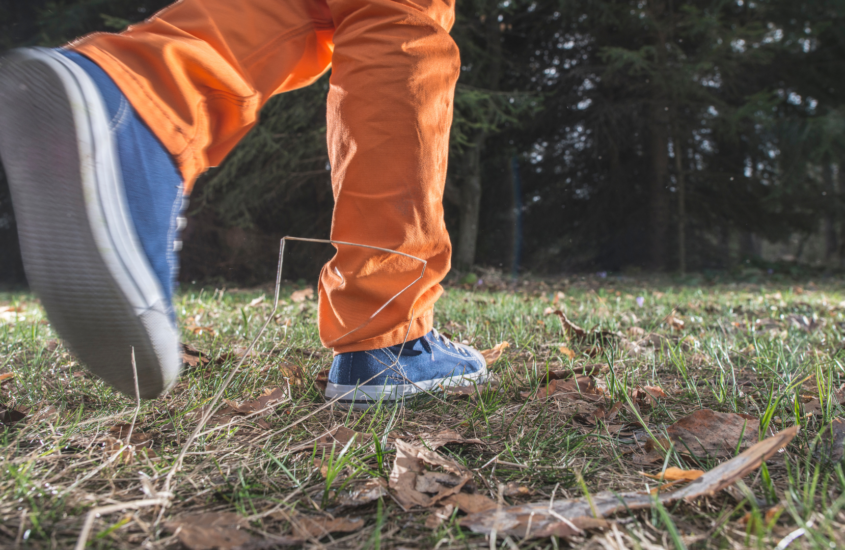‘The End’ for Baby-wearing

“When are you going to stop carrying him?”
This is a question that I get asked a lot. Along with “isn’t he a bit big to be in a sling now?” and “you should let him walk around.”
When I first started baby-wearing, I always wondered how long we’d be doing it for. I saw other parents in the various sling groups that I was a part of and they were winding down at around 3/4 years old, so I wasn’t expecting it to be a long-term thing.
I assumed that once my son could walk, he wouldn’t want to be carried and would happily toddle everywhere. That wasn’t the case and at 3 years old, he is still happily carried.
Therefore, what is the real answer to this question? Well, there isn’t a definitive one. Each child is different.
So, let me try to answer by asking another question; how long would you continue using a pram with a child?
In the early days of parenting, we would interchange the sling and pram depending on situation. As he got older though and increasingly wanted to walk, I found the sling to be much more suitable and was able to fold it away, rather than pushing a cumbersome empty pram.
I have friends that used a pram well into 4 years and this was the best fit for their family. However, it seems much more acceptable to use a pram for longer, but a sling has a different and more negative social attitude. But why is that? Is it because slings are viewed as less safe as the child’s weight increases? Or is it that slings will prevent a child from wanting to walk and will essentially make them clingy?
A point raised in the article ‘Do Slings Create Clingy Children?‘ by Rosie Knowles of The Sheffield Sling Surgery and Library;
Anthropological studies suggest that normal, biological independence occurs “… when a child has completely self-weaned from breastfeeding and bed-sharing, no longer requests frequent in-arms carrying, being able to reliably move from place to place unaided, and able to verbally communicate effectively; usually around age three for carrying (breastfeeding and co-sleeping often continues much longer in more traditional societies.)”
What I feel is the true issue however, is the negativity when a parent chooses a different means of rearing their child. Rosie explains that when someone parents in a different way, “…clashes develop with other parents and older generations who have simply done what the culture around them does and did before them…”
Therefore, understanding other’s concerns will help to communicate with larger society and eventually help to create a more understanding and accepting environment for our children.
For me, as long as my son is young enough to get too tired to walk and need a rest or nap, I will continue to use the sling to provide him that break. This isn’t a decision based on a stubbornness to carry regardless of his choices – he will ask to come up whether I have the sling or not – it’s one born out of necessity.
Don’t get me wrong, sometimes he doesn’t want to be in the sling and who am I to make him? There is no force in the world like that of a frustrated toddler, who wants to walk. He is a human being who has his own mind and will make his own decisions about what he wants to do. In fact, wearing him from a relatively young age, seems to have made him more fiercely independent and confident, than in any way clingy.
When he gets to an age that he no longer asks to come up, I will hang up my ring sling and save it for the day that he has children of his own.
On that day, I will discuss with him the options available and help him understand that no matter whether pram or sling or both, finding the most suitable method should be done without fear of judgement.
Until then, I will provide the rest, comfort and emotional bond that baby-wearing brings – for as long as he needs it.






